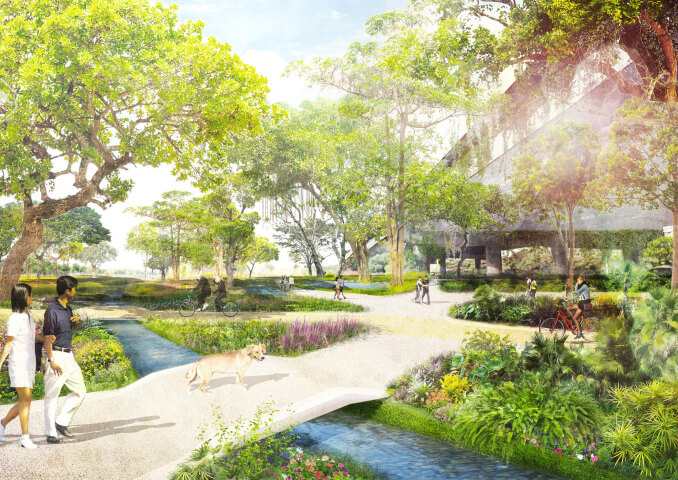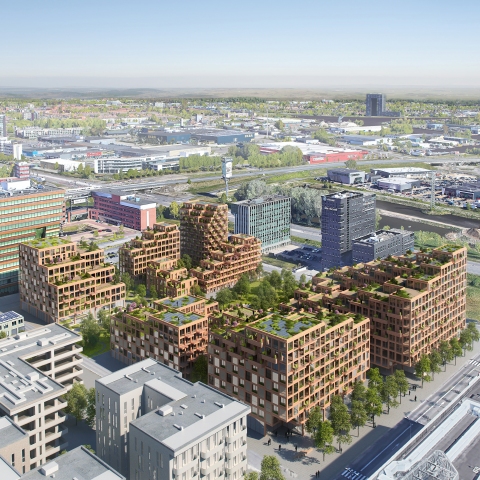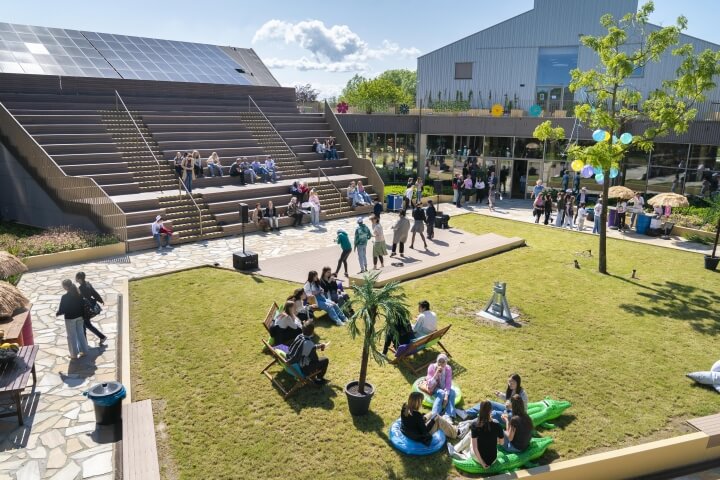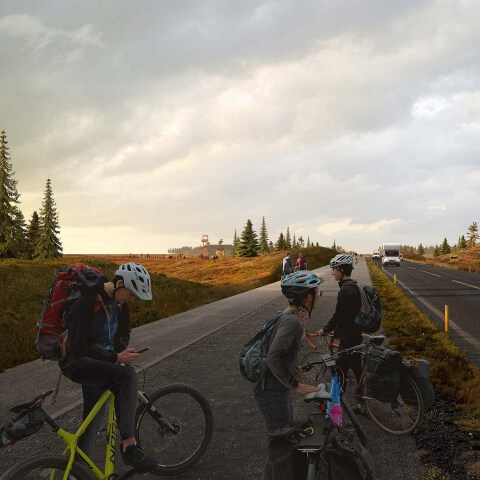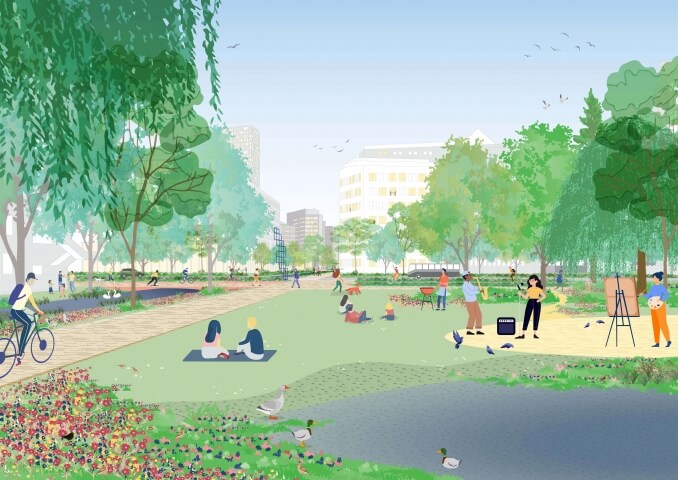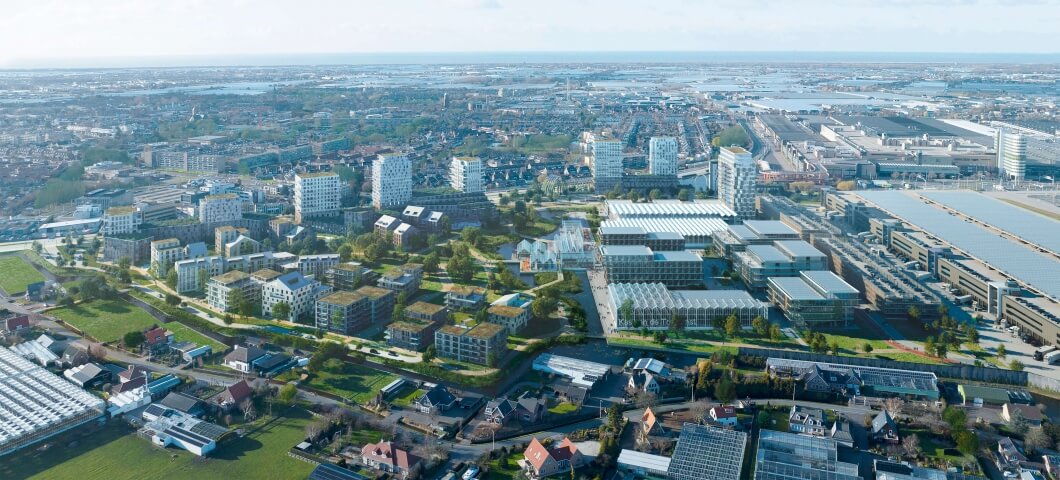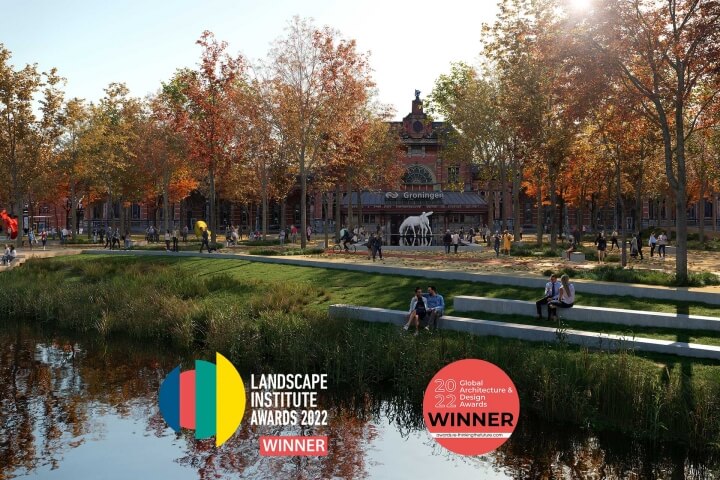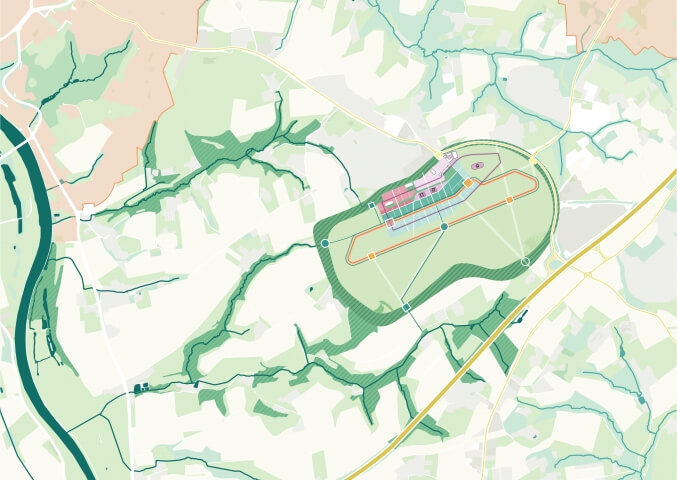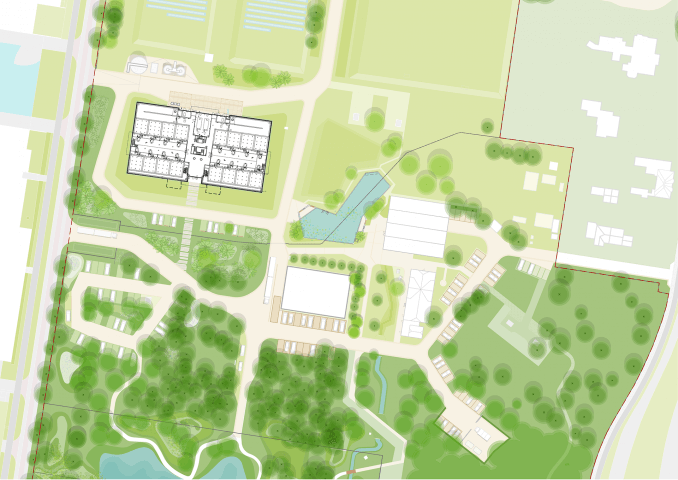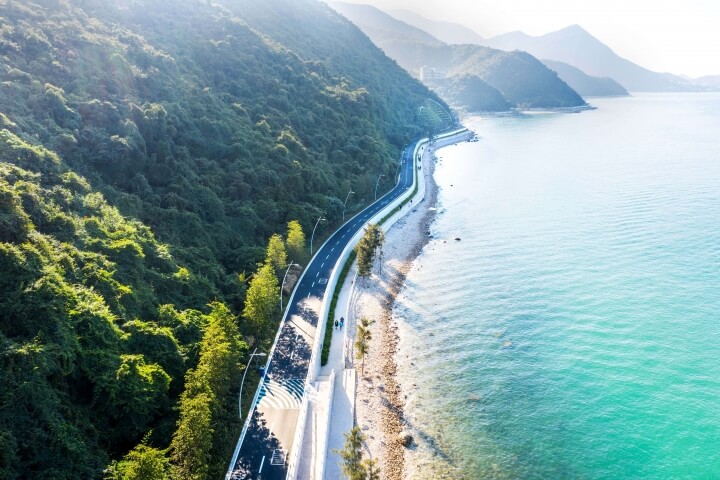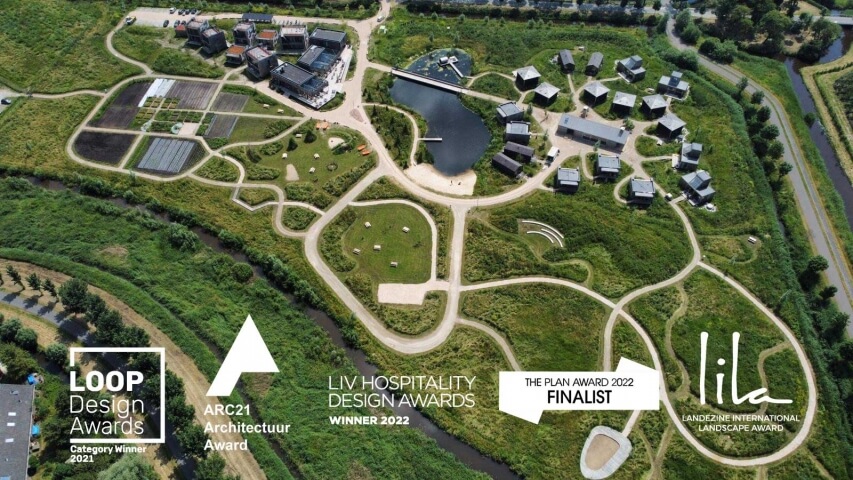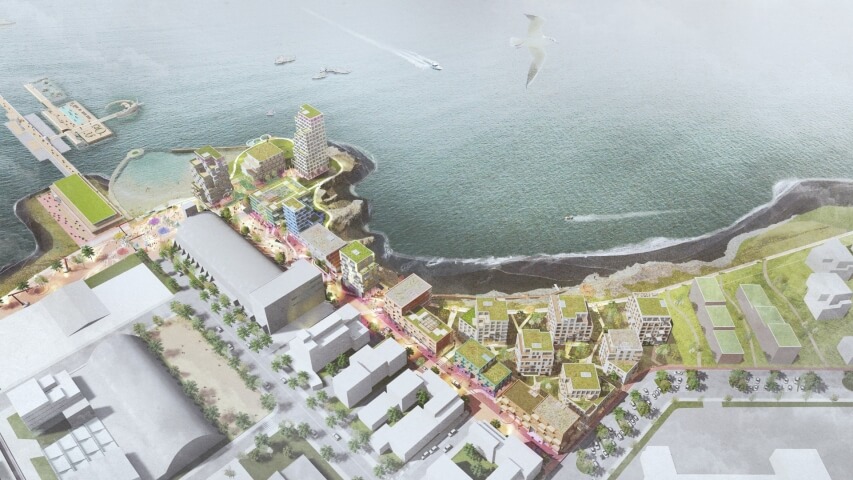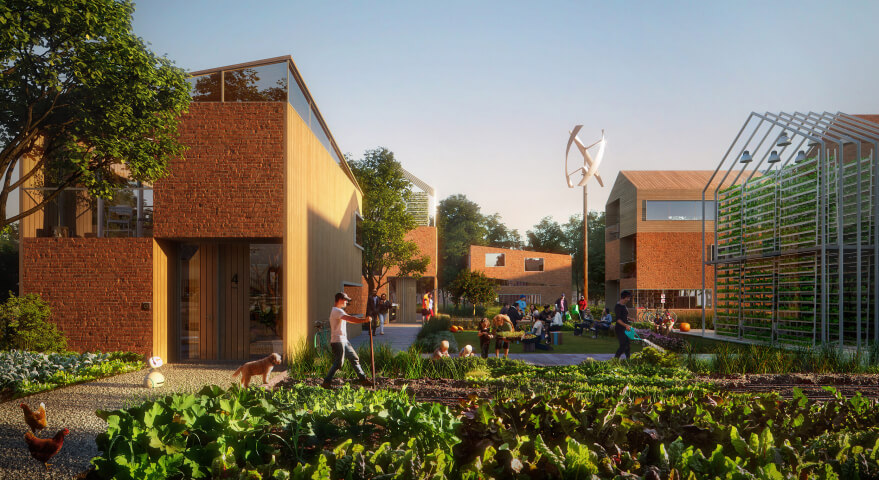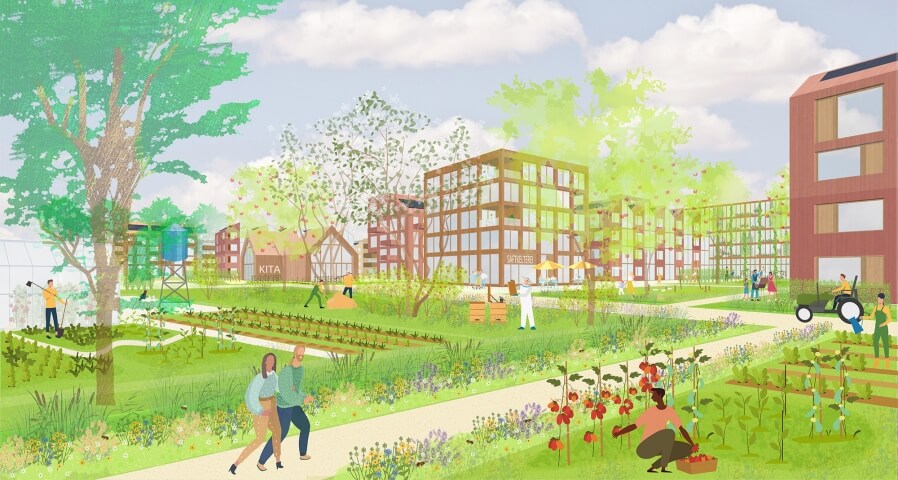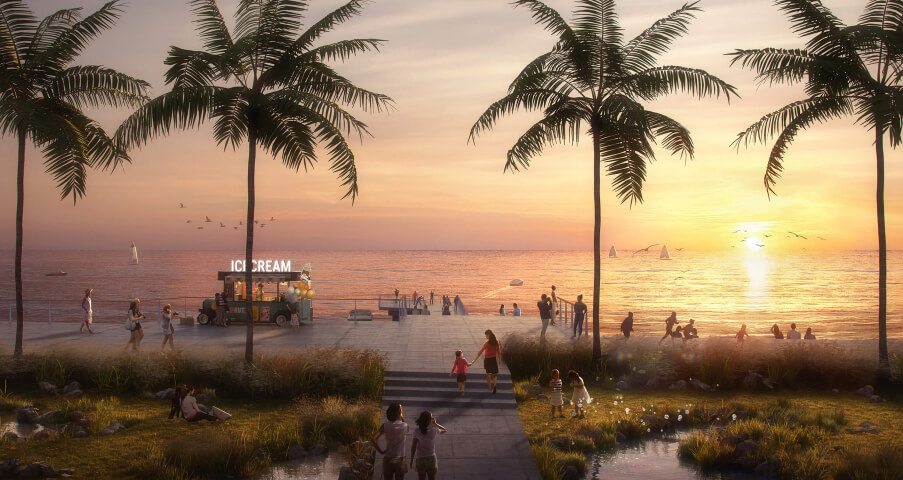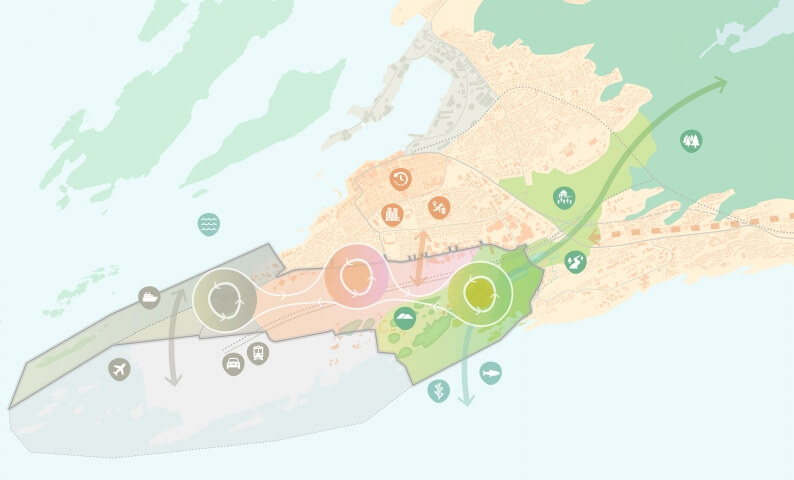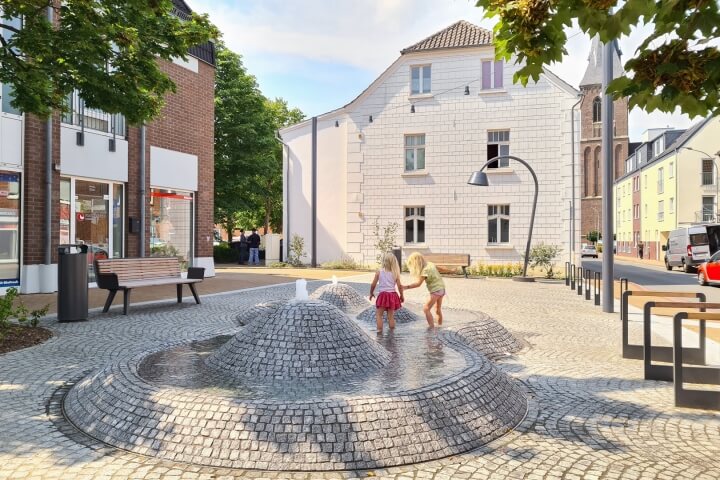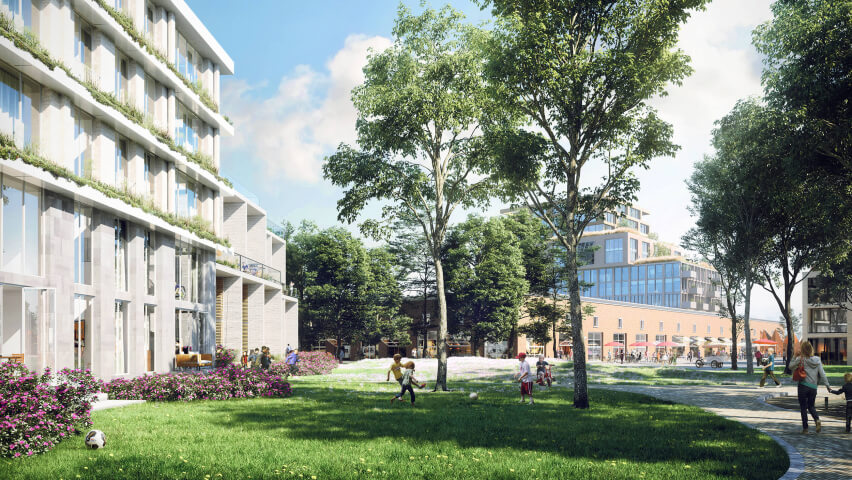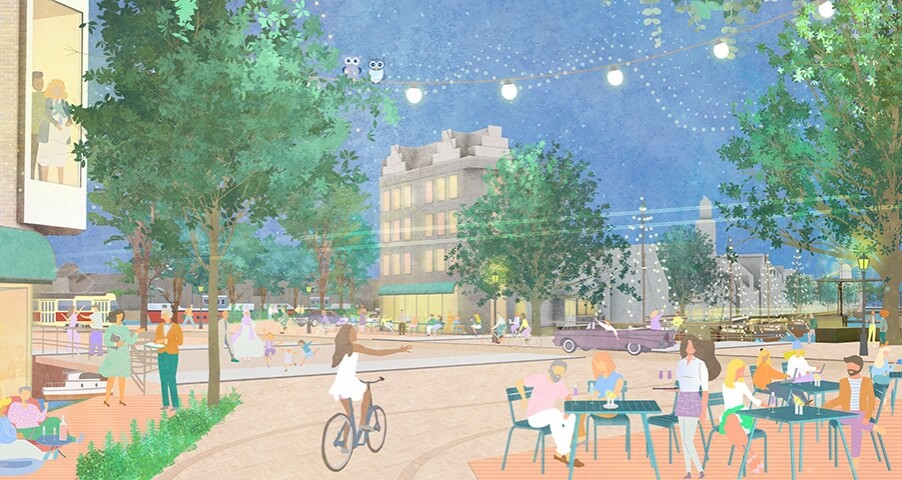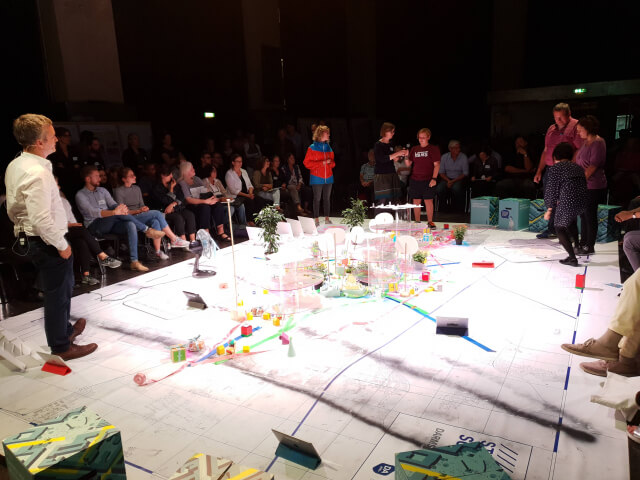Bao’An G107 Corridor
Test-Bed for Urban Regeneration in China
G107 is China’s first modern highway. In the 1980s investment into Shenzhen, then labelled “Factory of the World”, started when Hong Kong businesses built their first factories along this new spine, connecting Shenzhen to Beijing. Now, after 35 years of development, the zone along G107 is characterized by hyper diversity and a generally poor urban condition. Besides immediate problems of regular flooding and congestion, the area is blocking Shenzhen’s economic shift from production towards innovation and services.
slider
Urban regeneration, instead of planning for city extension, is an increasingly important topic in Chinese urban development. Little experience with regeneration exists within the profession and the administration. Shenzhen is acting as a laboratory for how to handle the new challenges of working within existing cities in China. The main challenge of the regeneration proposal for G107 is the combination of a future-proof plan with a careful implementation process that integrates and addresses the complexity of the existing urban fabric and stakeholders.

The highway G107 is still the driving force to connect the different areas, but its function changes from utilitarian infrastructure to a key driver for urban regeneration. The linear structure is transformed into a comprehensive network of tunnels, boulevards and elevated streets, integrating green and water spaces, facilitating a diversity of transportation modalities. Along this structure, various hubs are created for different urban functions. They stimulate collaboration between different users, while providing exposure to a constant stream of commuters through the area. The public spaces around G107 are turned into multi-layered and high performance networks, integrating various strategies to create both a healthy and exciting city realm.
Year
2016
Location
Shenzhen, China
Type
Masterplan, Infrastructure, Public Space
Client
People’s Government of Bao’An District
Size
530 ha
Awards
2016 Competition winner
Publications
World Landscape Architect
Architectenweb
De Architect
Architectuur.nl
World Architecture News
Team & partners
Michiel Van Driessche
Deborah Lambert
Marnix Vink
Klaus-Peter Lorenz
Zofia Krzykawska
Laura Spenkelink
MLA+
CAUPD China Academy of Urban Planning and Design
Shenzhen Municipal Design & Research Institute


